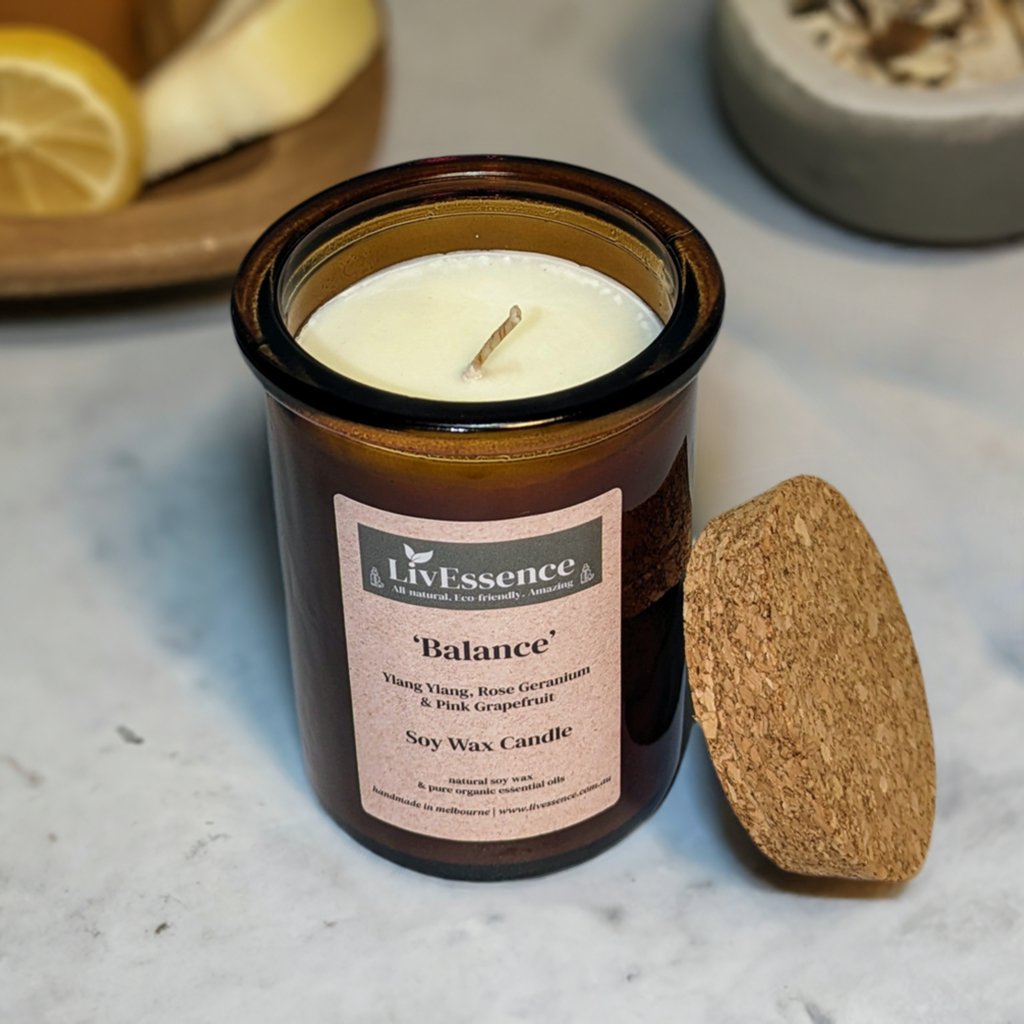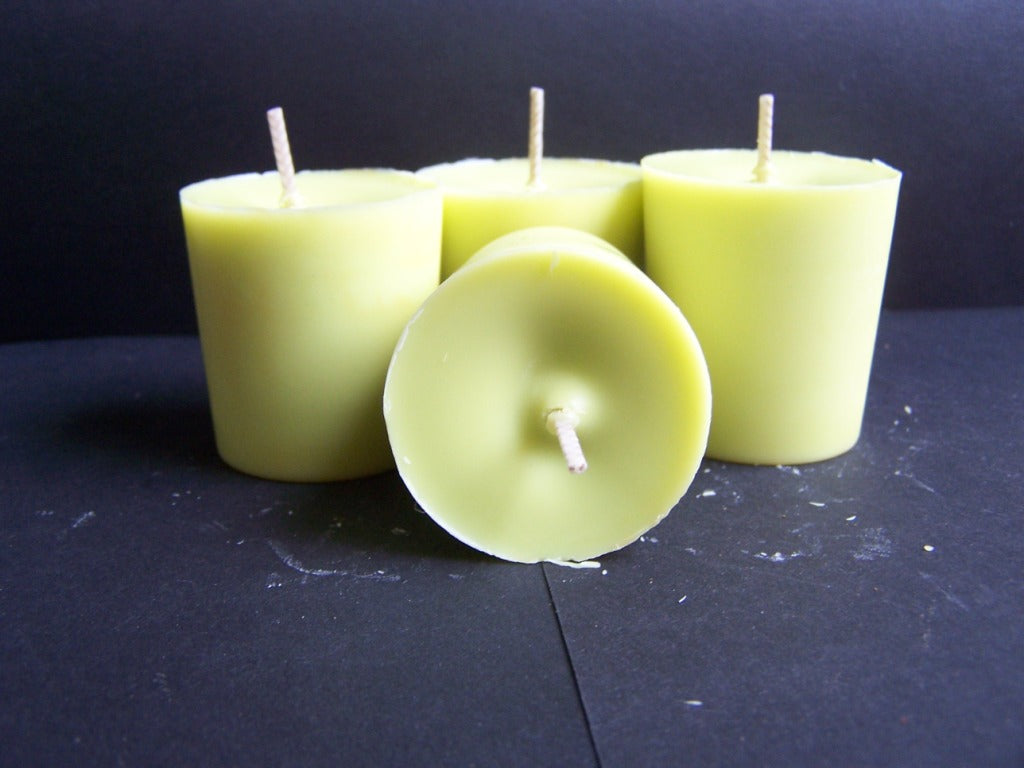Transform Your Home with Eco-Friendly Soy Candles and Home Fragrance
Transform Your Home with Eco-Friendly Soy Candles and Home Fragrance
Blog Article
From Wick to Wax: Understanding the Chemistry Behind Soy Wax Candles and Their Environmental Influence
As we brighten our spaces with the cozy glow of candle lights, there lies a world of elaborate chemistry behind the apparently basic act of lighting a soy wax candle light. The option in between soy and paraffin wax expands beyond plain aesthetics, diving right into the realm of ecological influence and the extremely make-up of the products. Recognizing the molecular structure of soy wax and its burning process clarifies the emissions released right into our environments. Join us as we decipher the scientific details behind soy wax candles and discover their effects on our environment.
Soy Wax Vs. Paraffin Wax
When contrasting soy wax and paraffin wax for candle light making, it is essential to recognize the distinct qualities and benefits of each material. Soy wax is a natural, eco-friendly source stemmed from soybean oil, making it biodegradable and green - candles. In comparison, paraffin wax is a byproduct of petroleum refining, which raises issues regarding its environmental effect and sustainability
Soy wax candles burn cleaner and give off less soot compared to paraffin wax candle lights, making them a much healthier selection for interior air top quality. In addition, soy wax has a reduced melting factor, enabling a longer-lasting candle light that distributes fragrance better. Paraffin wax, on the other hand, has a tendency to shed faster and less easily, possibly releasing hazardous chemicals right into the air.
From a sustainability point of view, soy wax is favored for its biodegradability and sustainable sourcing, aligning with the growing customer choice for ecologically conscious items. While paraffin wax has been a conventional option in candle light making because of its price and ease of use, the change in the direction of green choices like soy wax is obtaining momentum in the sector.
Chemical Structure of Soy Wax

Combustion Process in Soy Candles
The chemical make-up of soy wax straight affects the combustion process in soy candle lights, influencing aspects such as shed time, scent launch, and ecological effect. When a soy candle is lit, the heat from the fire thaws the wax near the wick. This liquid wax is after that created the wick as a result of capillary activity. As the liquid wax gets to the flame, it vaporizes and undertakes combustion. The combustion process involves the vaporized hydrocarbons in the wax responding with oxygen in the air to produce warm, light, water vapor, and carbon dioxide.
The burning effectiveness of soy candles is affected by the pureness of the soy wax and the high quality of the wick. A clean-burning soy candle light with an effectively sized wick will decrease and create a steady flame residue formation. This not just extends the shed time of the candle however additionally enhances the launch of scents. Additionally, soy wax candle lights have a reduced environmental influence compared to paraffin candles because of their biodegradable and sustainable nature.

Ecological Benefits of Soy Wax

Taken into consideration a lasting alternative to typical paraffin wax, soy wax uses internet significant ecological benefits that make it a prominent choice among eco-conscious customers. One substantial benefit of soy wax is its sustainable sourcing. Soy wax is stemmed from soybean oil, which is primarily cultivated in the United States. The farming of soybeans aids sustain regional farmers and decreases the dependency on non-renewable nonrenewable fuel sources made use of in paraffin wax manufacturing. Additionally, soy wax is biodegradable, suggesting it damages down naturally without releasing harmful toxic substances right into the setting. This characteristic makes soy wax candles an extra eco-friendly alternative compared to paraffin wax candles, which are made from oil, a non-renewable resource. Moreover, soy wax burns cleaner and generates less residue than paraffin wax, adding to better interior air high quality and reducing the demand for cleaning and upkeep. In general, the ecological benefits of soy wax straighten with the growing need for environment-friendly and sustainable items out there.
Recycling and Disposal Considerations
Reusing and correct disposal of soy wax candles play a vital duty in maintaining ecological sustainability and minimizing waste in neighborhoods and families. The initial action is to make certain that the candle has burned completely when it comes to recycling soy wax candles. This can be achieved by allowing the candle to burn until the wick is no longer usable, and afterwards letting the remaining wax cool and solidify. Once the wax has actually solidified, it can be carefully article removed from the container.

In regards to disposal, if recycling is not a choice, soy wax candles are biodegradable and can be securely disposed of in the majority of family waste systems. Nevertheless, it is always recommended to get in touch with regional recycling centers or waste monitoring services for specific standards on candle disposal to ensure correct handling and environmental management.
Verdict
To conclude, the chemistry behind soy wax candles exposes their environmental benefits over paraffin wax candle lights. Soy wax, derived from soybean oil, burns cleaner and produces much less soot when contrasted to paraffin wax. The combustion procedure in soy candle lights is a lot more reliable, causing a much longer and much more even shed. Furthermore, soy wax is naturally degradable and renewable, making it an extra sustainable choice for candle light production. Reusing and correct disposal of soy wax candles additionally add to their environmental influence.
When comparing soy wax and paraffin wax for candle making, it is crucial to understand the unique features and benefits of each material (soy wax candles).Soy wax candles shed cleaner and send out less soot compared to paraffin wax candle lights, making them a much healthier selection for interior air quality.Thought about a lasting option to typical paraffin wax, soy wax offers noteworthy environmental benefits that make it a prominent selection amongst eco-conscious customers. Soy wax burns cleaner and generates much less residue than paraffin wax, adding to far better interior air top quality and reducing the need for get more cleaning and maintenance.In conclusion, the chemistry behind soy wax candles reveals their environmental benefits over paraffin wax candles
Report this page